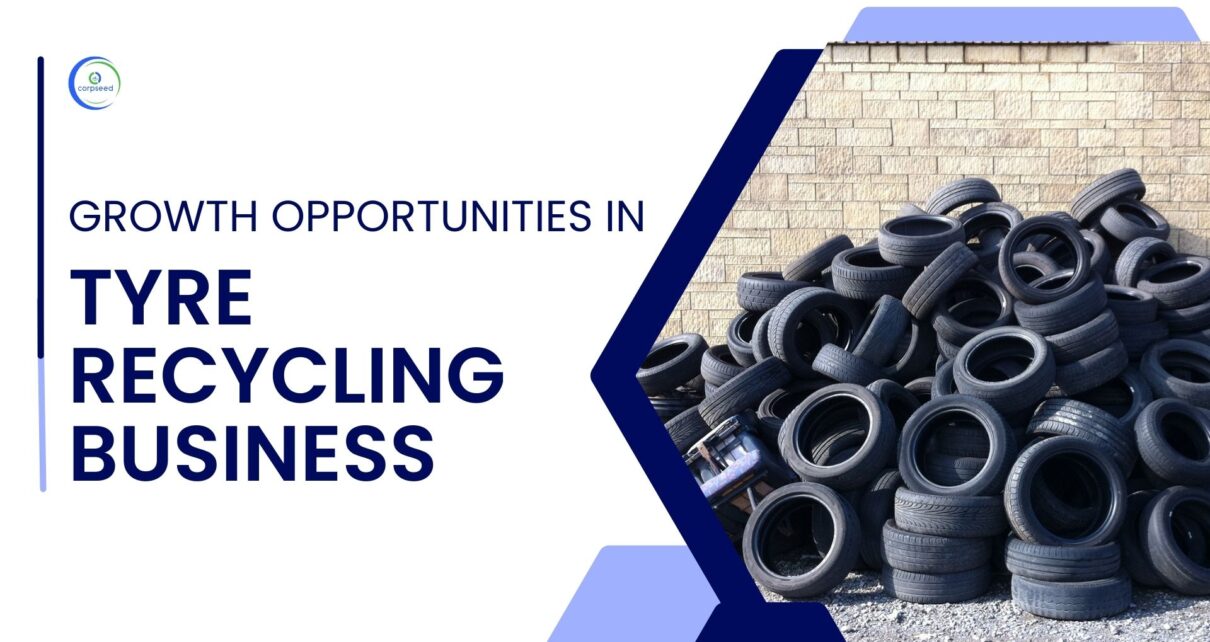Introduction to Tyre Recycling Business
The world is grappling with numerous environmental challenges, one of which is the ever-increasing problem of discarded tyres. These non-biodegradable rubber products not only pose a significant threat to the environment but also contribute to health hazards if improperly disposed of. Recognizing this issue, the tyre recycling industry has emerged as a crucial player in sustainable waste management and resource conservation.
Understanding the Growing Need for Tyre Recycling
- The automotive industry is experiencing significant growth worldwide, resulting in a higher demand for tyres.
- Consequently, there is a corresponding increase in tyre waste, leading to environmental concerns and health hazards.
- The need for sustainable solutions and responsible waste management practices has amplified the demand for tyre recycling.
Environmental and Economic Benefits of Tyre Recycling
- Reduction of landfill waste: Tyre recycling diverts a substantial amount of waste from landfills, preventing soil contamination and preserving valuable land resources.
- Energy conservation: The recycling process consumes less energy compared to producing new tyres, contributing to reduced carbon emissions and overall energy conservation.
- Resource conservation: Tyre recycling allows for the recovery of valuable materials like rubber, steel, and fibers, which can be reused in various industries, reducing the need for virgin resources.
- Economic growth: The tyre recycling industry creates employment opportunities, promotes innovation in recycling technologies, and fosters a circular economy that generates economic value from waste materials.
Tyre Recycling Process and Technologies
- Collection and sorting:
- Tyres are collected from various sources, including automotive workshops, tyre retailers, and waste management facilities.
- Sorting involves categorizing tyres based on their condition, size, and type to determine the appropriate recycling method.
- Shredding and granulation:
- The tyres are shredded into smaller pieces, either mechanically or using advanced shredding technologies.
- Granulation further reduces the tyre particles into fine rubber crumbs, increasing their usability in various applications.
- Steel and fiber separation:
- Magnets and other separation techniques are employed to extract the steel wires present in the tyres.
- Fiber separation processes separate textile fibers, allowing them to be repurposed in industries such as construction and insulation.
- Rubber processing:
- The rubber crumbs obtained from the shredding process undergo further processing to remove impurities and contaminants.
- The processed rubber can be used to manufacture new tyres, rubberized asphalt, sports surfaces, and other rubber products.
Conclusion
Tyre recycling presents significant growth opportunities for entrepreneurs and investors, driven by the increasing demand for sustainable waste management solutions. The environmental benefits, including waste reduction, energy conservation, and resource conservation, make tyre recycling a crucial component of a circular economy.




